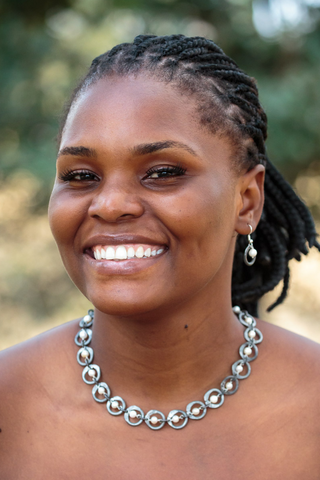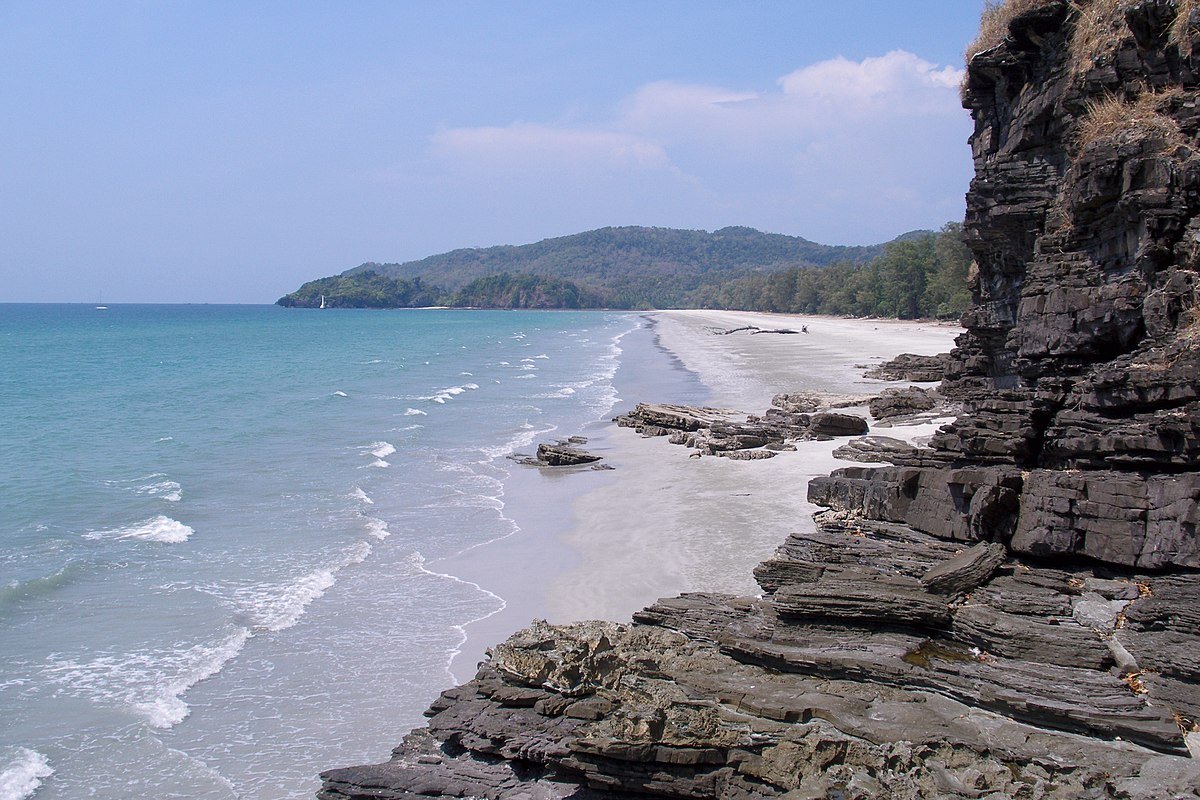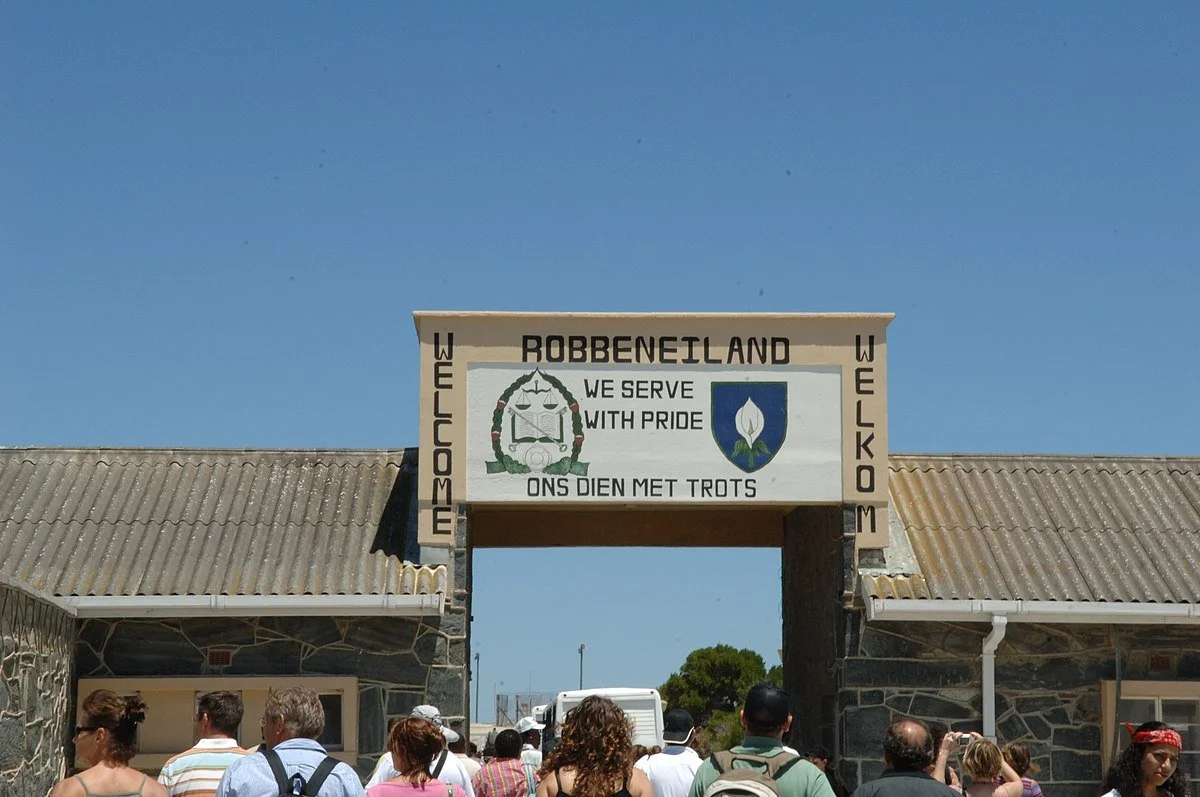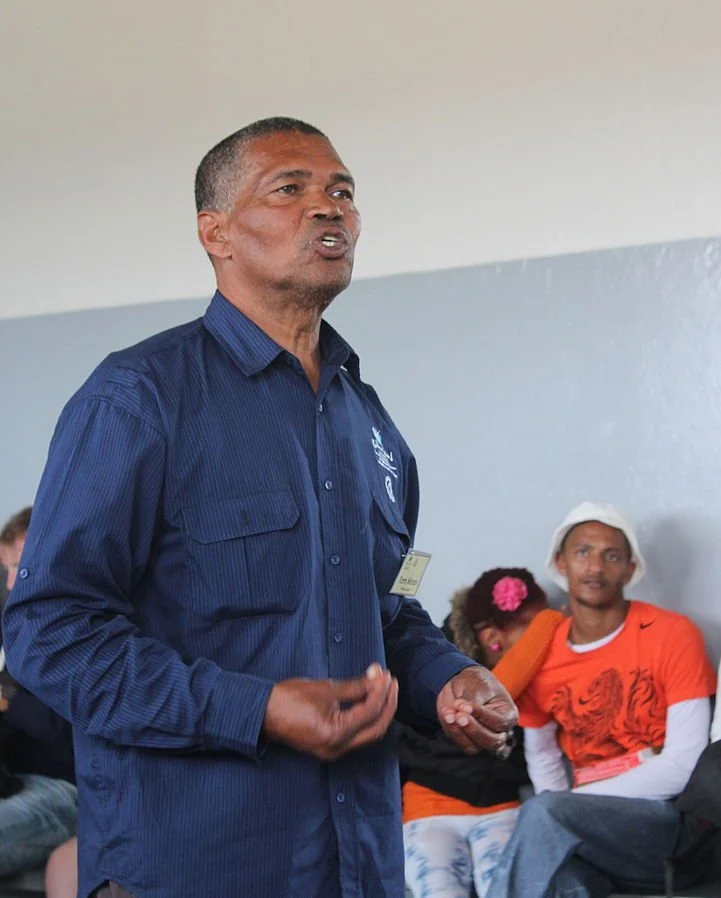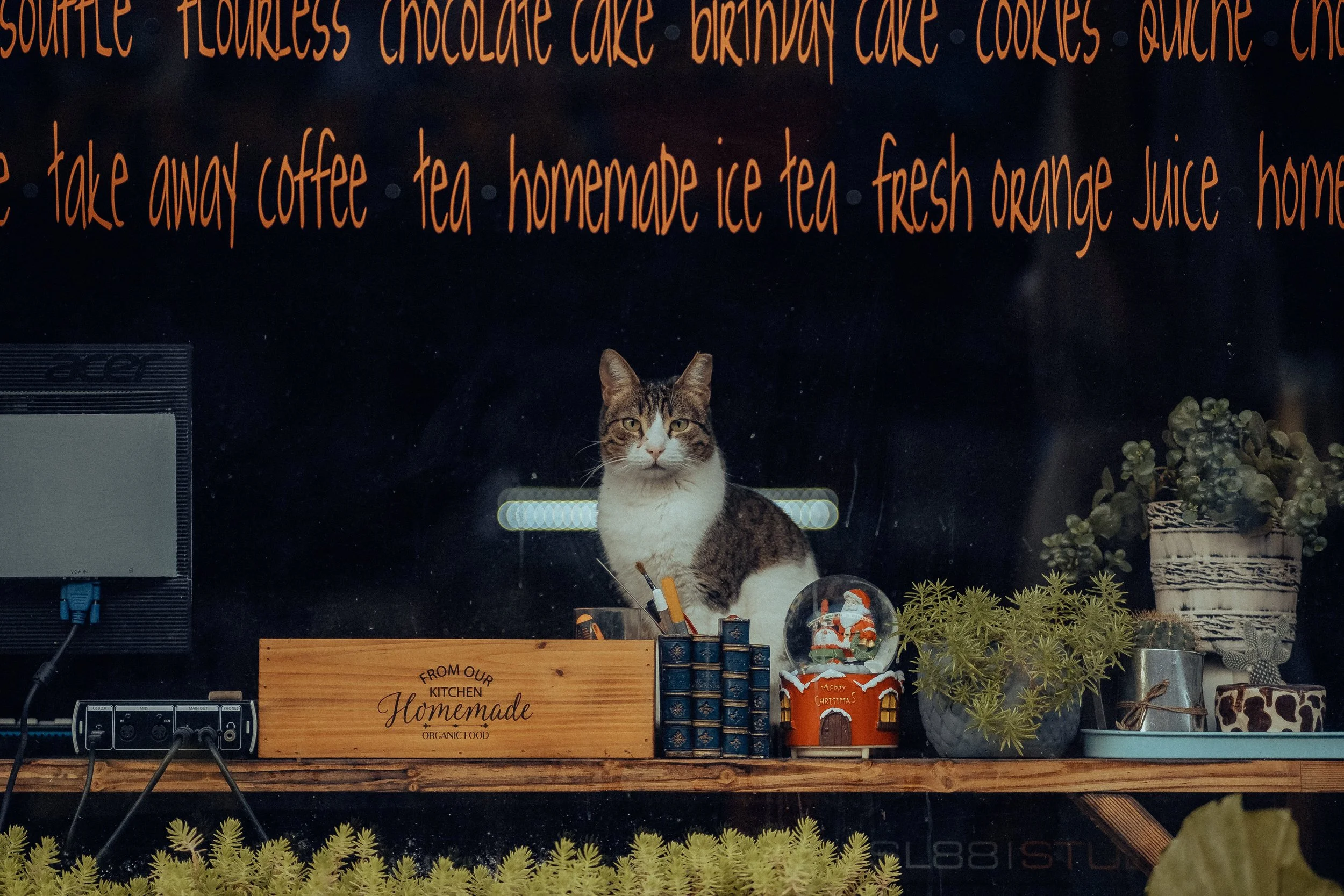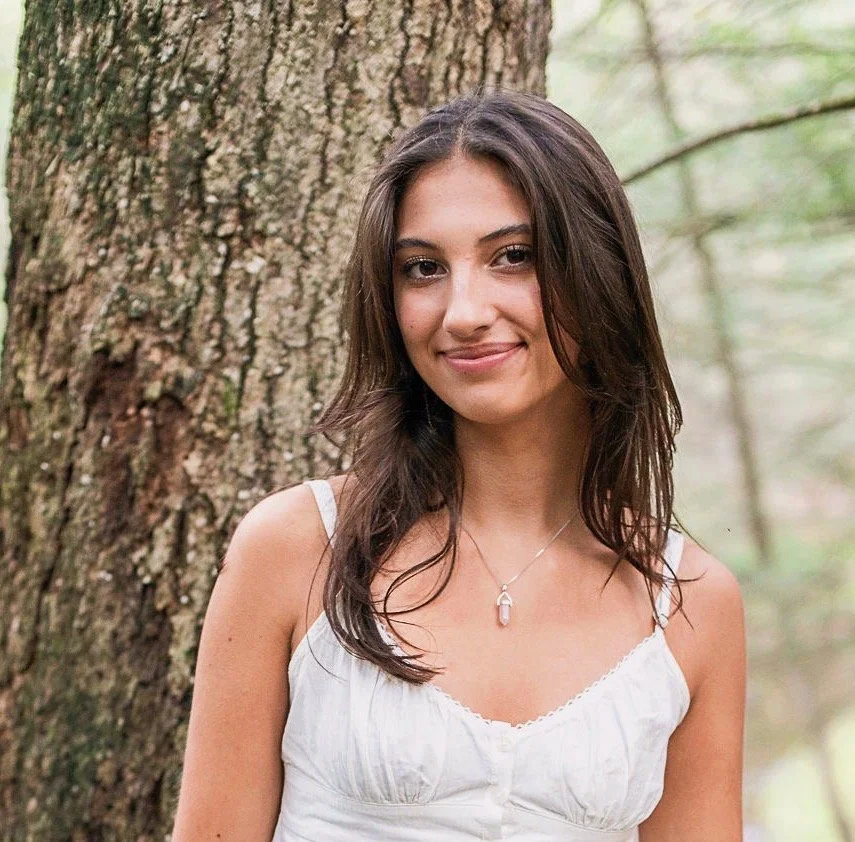Explore millions of years of natural history from ghost towns to Indigenous communities.
Morning in Banff National Park. Sergey Pesterev. CC BY-SA 4.0
Canada is home to a wide variety of beautiful landscapes, natural vistas and a rich history of human habitation. From cowboy ghost towns to Indigenous communities, people have been living in the great snowy mountains of Canada for centuries. And there’s nowhere better to experience the best of both worlds than in Canada’s iconic Rocky Mountains.
Hundreds of years ago, the Rockies were home to several First Nations tribes, including the Ojibwe, Cree and Mohawk peoples. But their history goes back even further; the oldest archaeological record of human inhabitants in these mountains dates back 13,000 years. Due to European colonization, Indigenous tribes lost their territory, but the memory of their traditions is still being carried on today thanks to companies like Painted Warriors. From horseback riding and archery lessons to natural navigation and animal tracking — the ranch provides visitors with an experience inspired by the heritage and traditions of local Indigenous communities. During the warmer months, visitors can enjoy guided or independent hikes through the mountains. In wintertime, the ranch provides snowshoe tours of the surrounding area. An excellent camping and glamping location, Painted Warriors Ranch is also dedicated to providing a historically accurate and informative experience by respecting and carrying on the traditions of the First Nations tribes.
Sign up for our newsletter here!In the heart of a 1920s ghost town rests a different piece of history — the one-of-a-kind Last Chance Saloon. Initially built as a coal mining operation, Bankhead, Alberta eventually grew into a full-fledged community. However, when the mine stopped producing, the town was left more or less abandoned. The Last Chance Saloon is particularly emblematic of the whole experience. Filled with antique mining equipment and absolutely covered in bullet holes, this classic bar now features themed hotel rooms and a functioning smokehouse.
The remains of Bankhead’s lamphouse, where miners would store their equipment. Dietmar Rabich. CC BY-SA 4.0
Human history is not the only era present in the Rocky Mountains — our ancient predecessors can also be found hiding among the rocks. Dinosaur Provincial Park, one of the best locations to find dinosaur fossils (as recognized by UNESCO), offers visitors a one-of-a-kind experience. Walking the same lands as giant reptiles did millions of years ago, visitors may find the remains of these massive creatures hidden away in the mountainside. The park hosts both family tours and slightly more challenging guided hikes (the park strongly recommends registering for these events in advance, as they frequently sell out).
Sign up for our newsletter here!The unique landscape of Dinosaur Provincial Park. XeresNelro. CC BY-SA 4.0
Human and animal history is only one part of a trip to the Canadian Rockies; sprawling Banff National Park is the real heart of these mountains. Featuring countless scenic hikes, brilliant lakes and nature preserves, this park is home to innumerable incredible experiences. From the Yamnuska Wolfdog Sanctuary (home to several packs of unique wolf-dog hybrid animals) to the legendary Cave and Basin (a beautiful thermal spring oasis), this massive national park offers a diverse range of natural splendor.
Banff National Park is dotted with scenic hiking trails of all varieties. Dietmar Rabich. CC BY-SA 4.0
Sign up for our newsletter here!Charting millions of years of history in some of the most beautiful environments on Earth, there is no shortage of fantastic experiences in the Canadian Rockies. And with plenty of sights and activities available year-round, the Rockies are the perfect destination regardless of the season.
Ryan Livingston
Ryan is a senior at The College of New Jersey, majoring in English and minoring in marketing. Since a young age, Ryan has been passionate about human rights and environmental action and uses his writing to educate wherever he can. He hopes to pursue a career in professional writing and spread his message even further.











